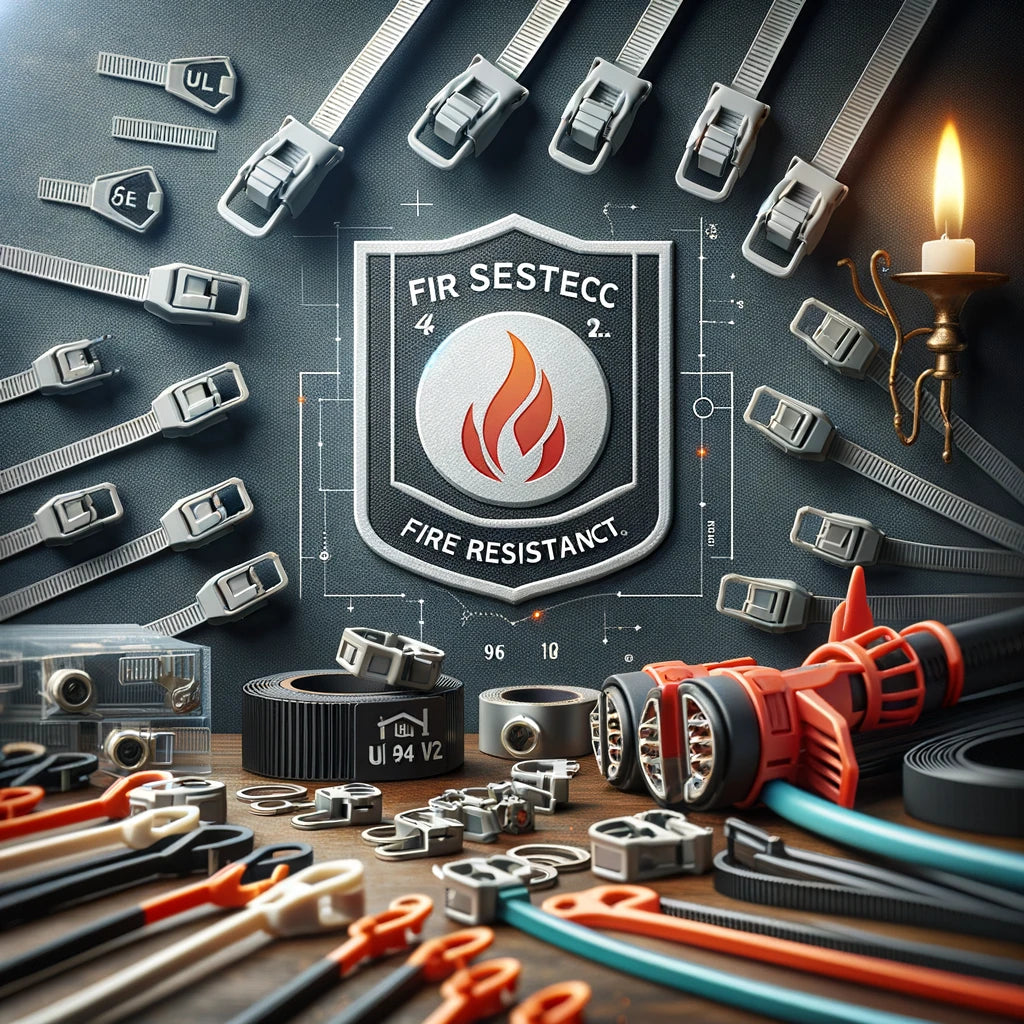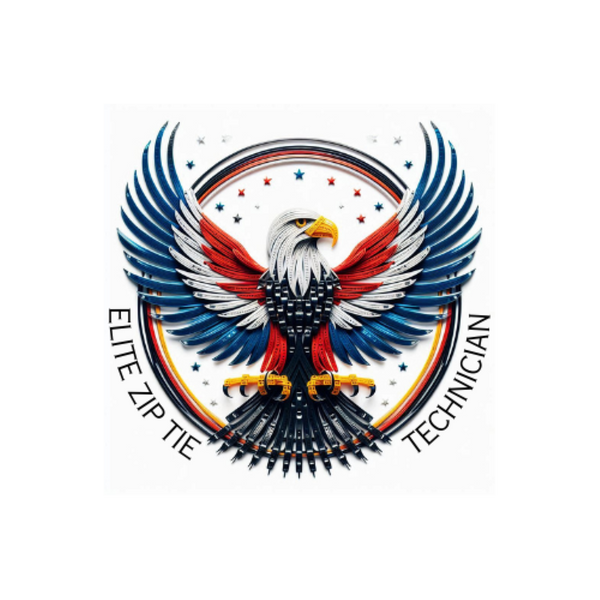
Ensuring Safety with UL 94V2 Rated Zip Ties: A Guide
Share
In the critical world of product safety, the Underwriters Laboratories (UL) Flammability 94V2 rating stands out as a key indicator of fire resistance. This blog post delves into the UL 94V2 certification, its significance in safety standards, and its application to everyday items like cable ties.
Decoding UL Flammability 94V2 Certification
UL 94V2 is a stringent flammability standard established by Underwriters Laboratories, a leader in global safety certification. This benchmark evaluates the fire behavior of plastic materials, classifying them by their self-extinguishing capabilities. A UL 94V2 rating signifies that a product will cease to burn within 60 seconds after the flame is removed, and it prevents flaming particles from causing secondary fires.
The Role of 94V2 in Enhancing Product Safety
The 94V2 classification is essential for assessing a material's resistance to ignition and self-extinguishment, key to averting fire-related accidents. It's particularly critical for products prone to heat exposure, ensuring they don’t exacerbate a fire situation.
The Significance of UL 94V2 for Zip Ties
Zip ties with a UL 94V2 rating are deemed safer for electrical applications and other scenarios where fire risk must be minimized. This rating assures users that these cable ties will resist combustion and are less likely to contribute to the spread of flames, offering added security in sensitive setups.
Broad Industry Relevance of UL 94V2 Ratings
While this discussion centers on zip ties, the UL 94V2 rating's relevance spans a multitude of sectors. From electronics to automotive manufacturing, and construction, this rating is instrumental in guiding safer product design and material selection.
Conclusion: Embracing UL 94V2 for a Safer Future
The UL 94V2 certification is more than a standard; it's an assurance of safety in our plastic-dependent age. By prioritizing products with this certification, like certain zip ties, we're choosing a safer, more responsible path in fire risk management.
